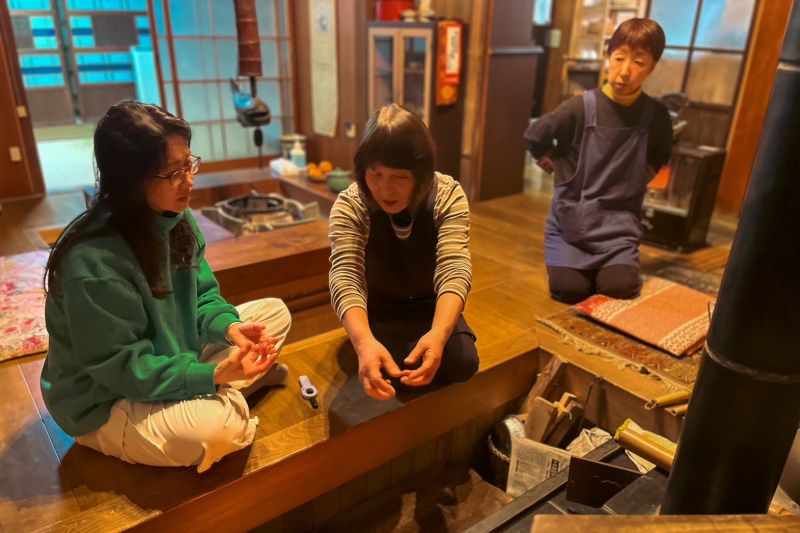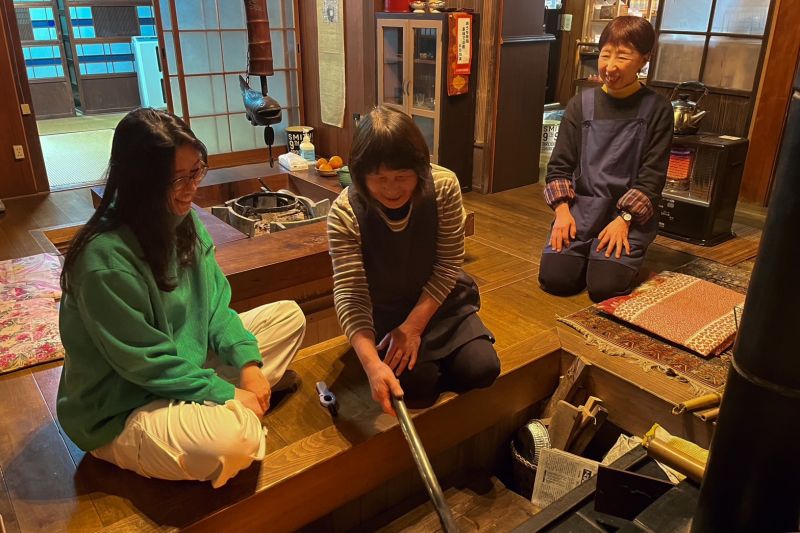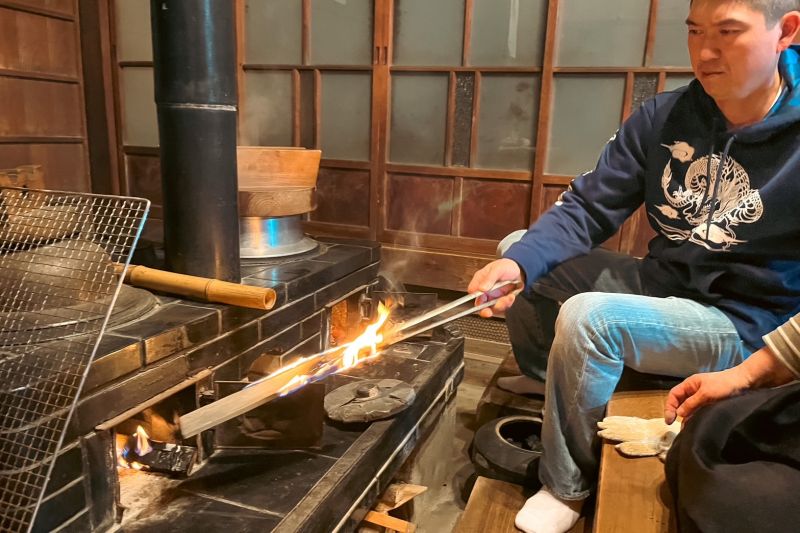Spending the Night in a House Built During Meiji Era in Taiki Town
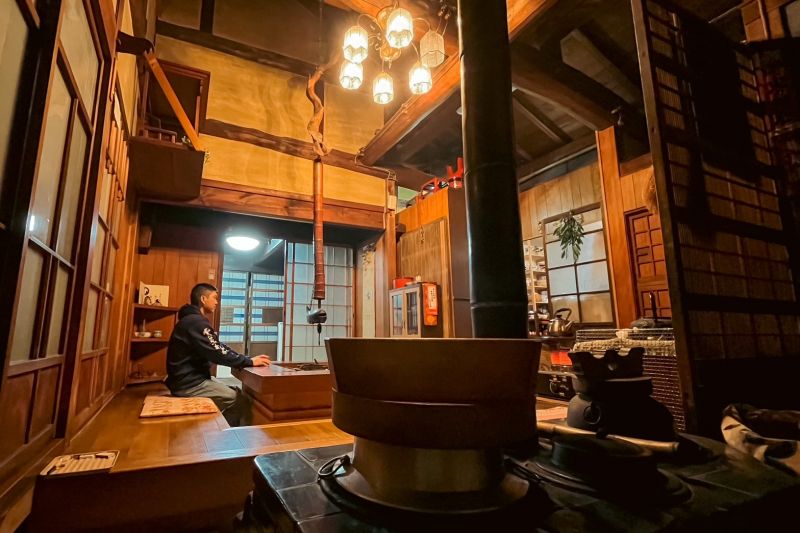
Taiki is a beautiful countryside town with gorgeous landscape, home to kind and loving people. Here you won’t find fancy restaurants or famous hotels, instead, you will be able to immerse yourself in the simple life and learn how little you need to be happy.
I have been to Taiki town a couple of times before but always to the seaside area during summer, and every time I came, I was always astonished by the beautiful nature.
This time, Dani and I planned to spend the night in Taiki. Taiki town has about 20 guest houses, and at each house, visitors can have various experiences of ”Minpaku“. We chose to spend the night at a house that was built during the Meiji Era.
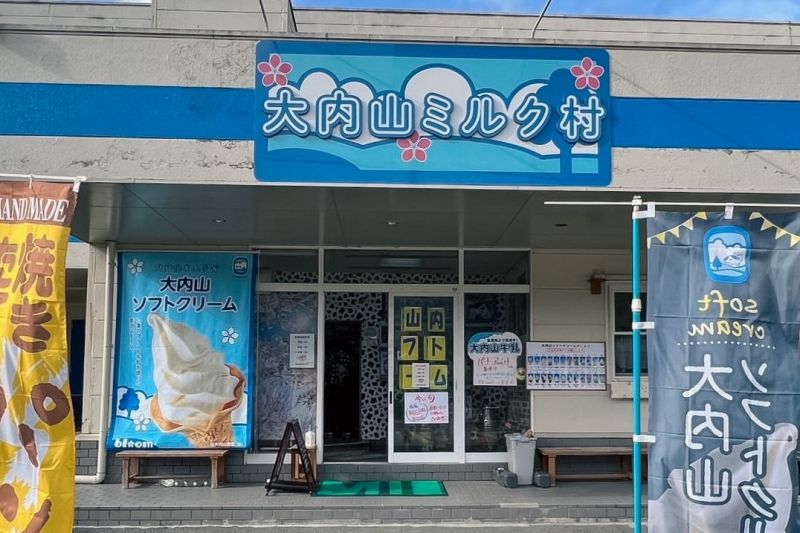
Written by Isis Akemi Muto.
Before getting to our main destination, we made a quick stop at Ouchiyama Milk Village. If you don’t know this place, you must come! Believe it or not, this was our first time here. I truly regret that we didn’t stop the many times we passed in front of the store. I remembered seeing this place always so crowded. But what is so special about this place?
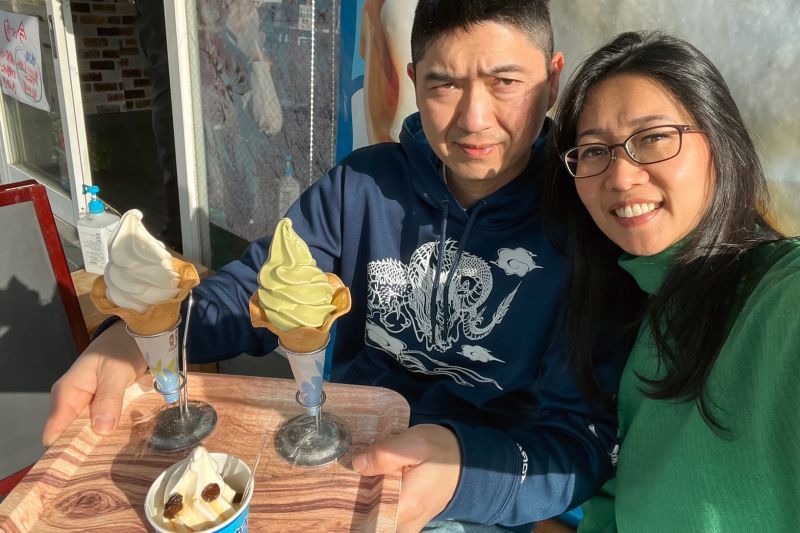
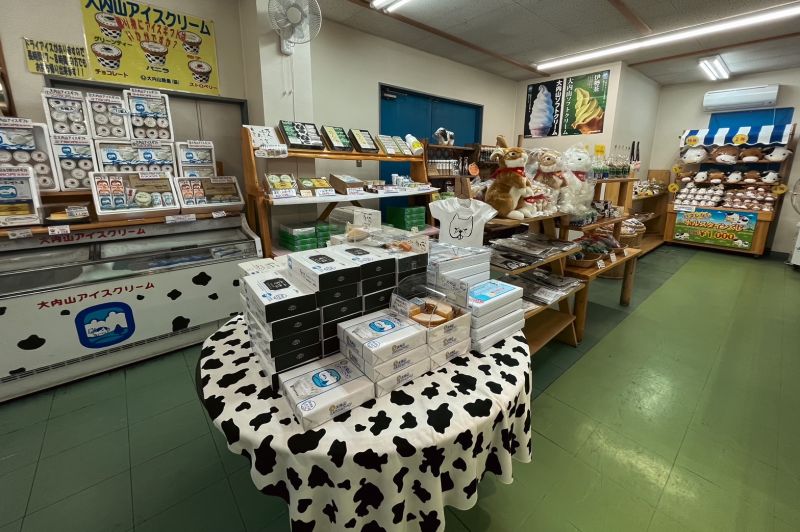
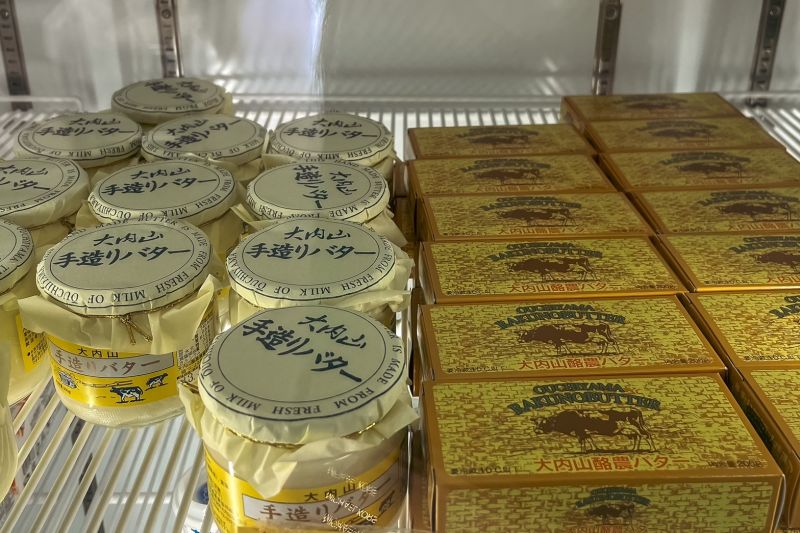
The cookies and cakes, among many other products they sell are made from the milk Ouchiyama, a well-known and tasty milk in Mie Prefecture. The Ouchiyama dairy factory is just 1-km distance from the store.
I was intrigued by this butter. I heard it’s delicious so I will have to try it someday.
Ouchiyama Milk Village
Instagram:https://www.instagram.com/mirukumura/
tel:0598-72-2304
※There are no staff who can speak English, so sometimes they can't handle the phone very well.
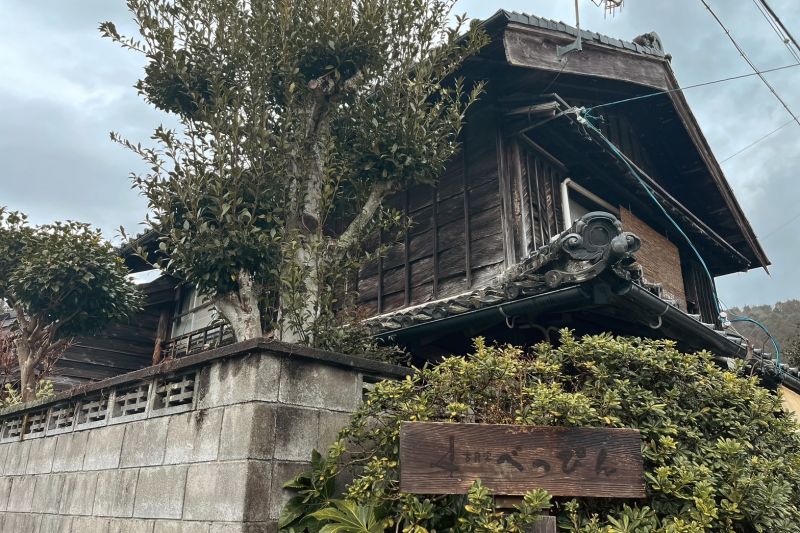
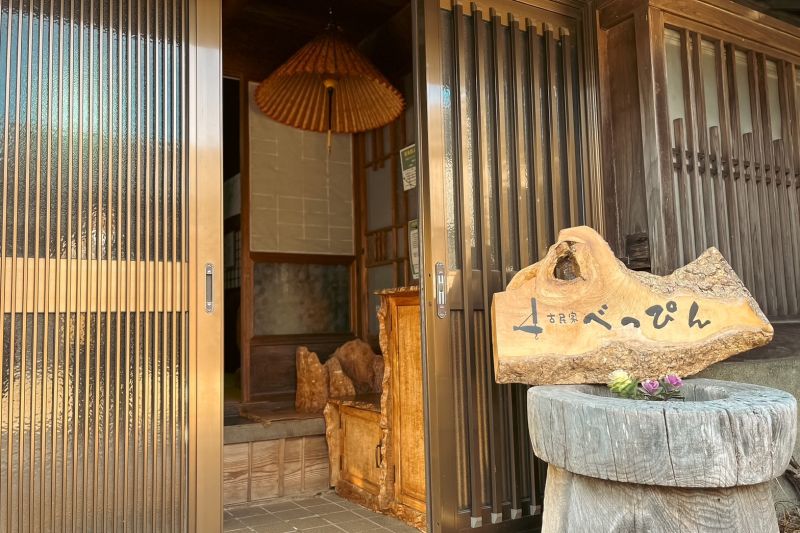
Once we finished our soft cream, it was time to head to our guest house.
We arraived at the guest house called Kominka Beppin. Kominka means old Japanese-style house, and Beppin, well, I’ll explain the meaning of this word later.
Another confession time, during almost 23 years of living in Japan, I’ve never stayed in a hotel or cottage before. I guess the reason was probably because when we traveled, we either stayed at a relative’s or a friend’s house, or we just had day trips, never staying the night, so this night was going to be special for us.
There it was, the cute sign of Kominka Beppin at the entrance of this incredible well-preserved 130-year-old house.
We were welcomed by Mrs. Kato and Mrs. Yoshida, the ladies that run the guest house. How kind and lovely they were. They gave us a quick tour around the house.
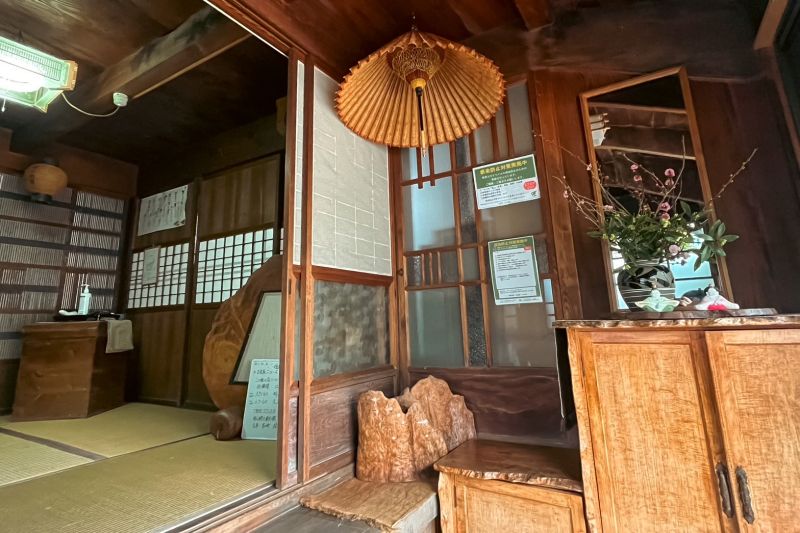
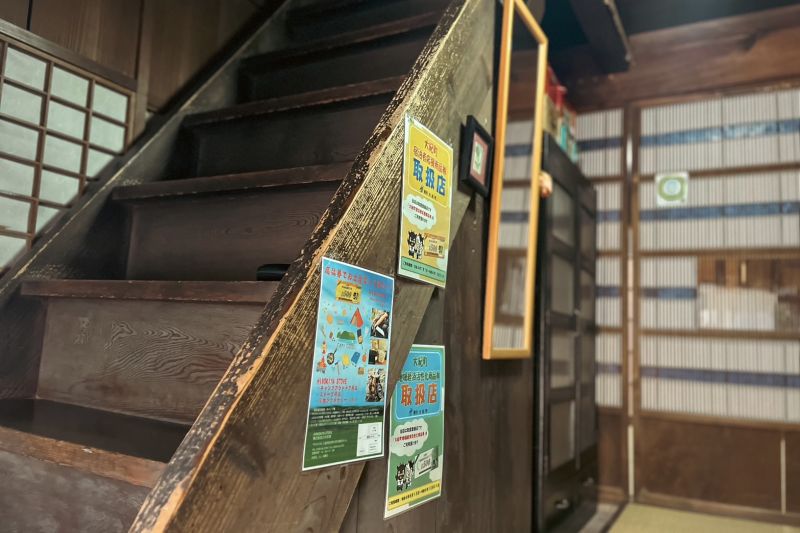
I had so many questions about the house and Mrs. Kato and Mrs. Yoshida were kind to answer all my questions.
The house belongs to Mrs. Kato. She told us she bought the house 10 years ago because she wanted a place where she could have her relaxing time, somewhere she could spend the holidays, but then along with her good friend Mrs. Yoshida, they decided a year ago to run a Kominka. They hadn’t had many guests since they had just started but they are really looking forward to having guests in their lovely house. I guess we were the first foreigners they had staying in the house.
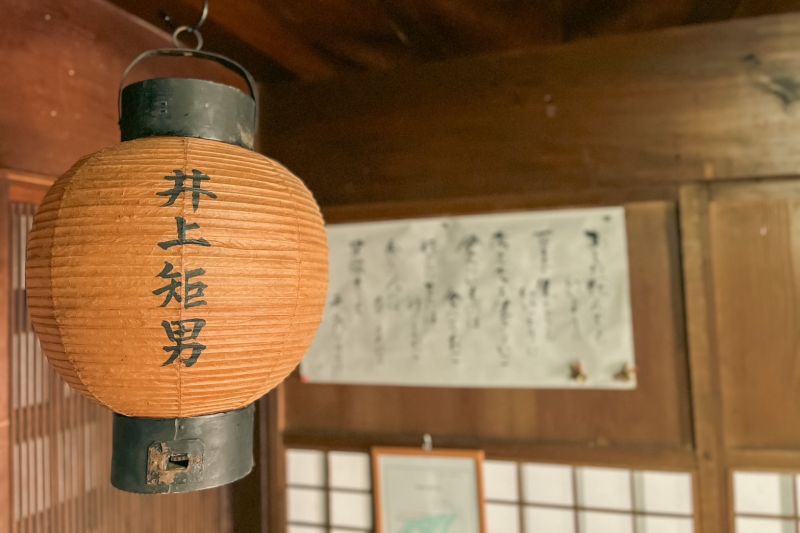
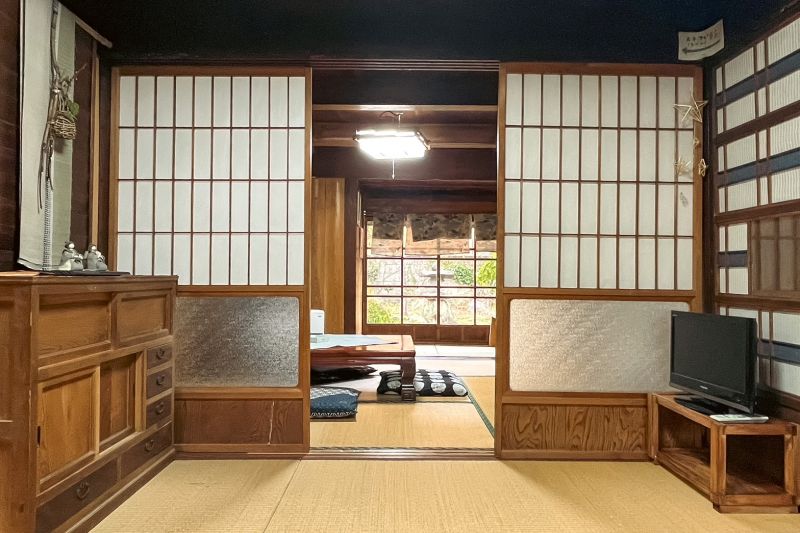
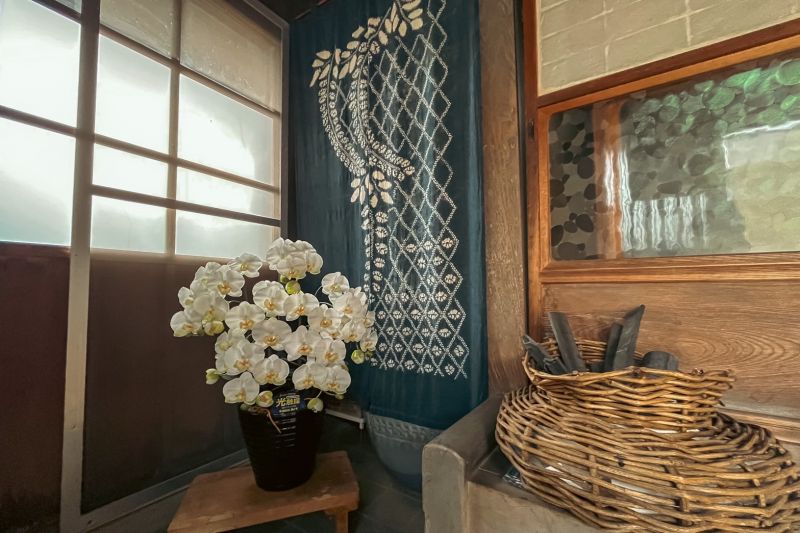
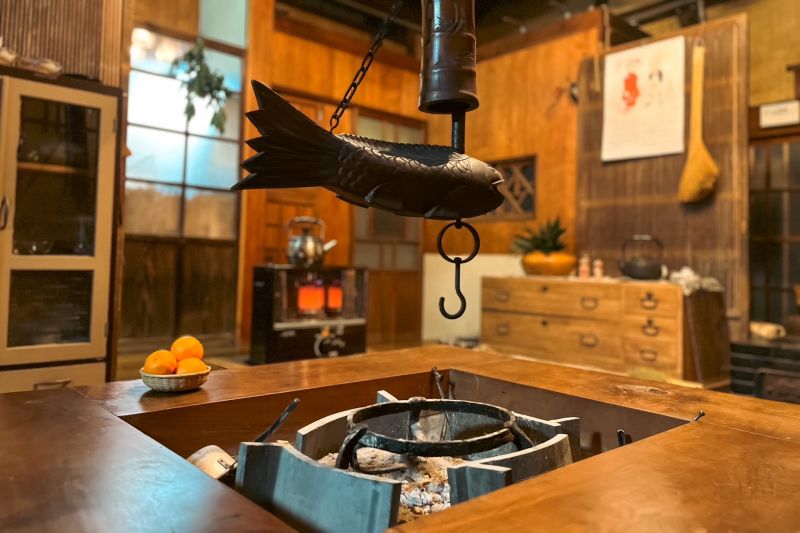
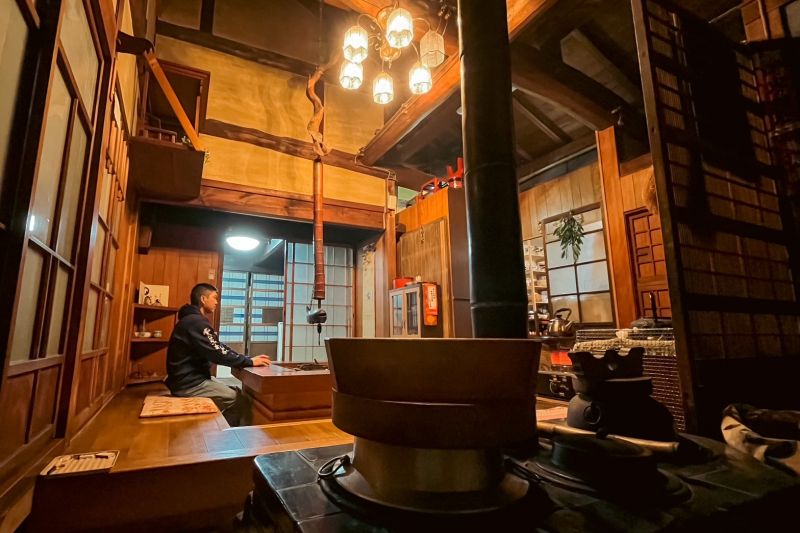
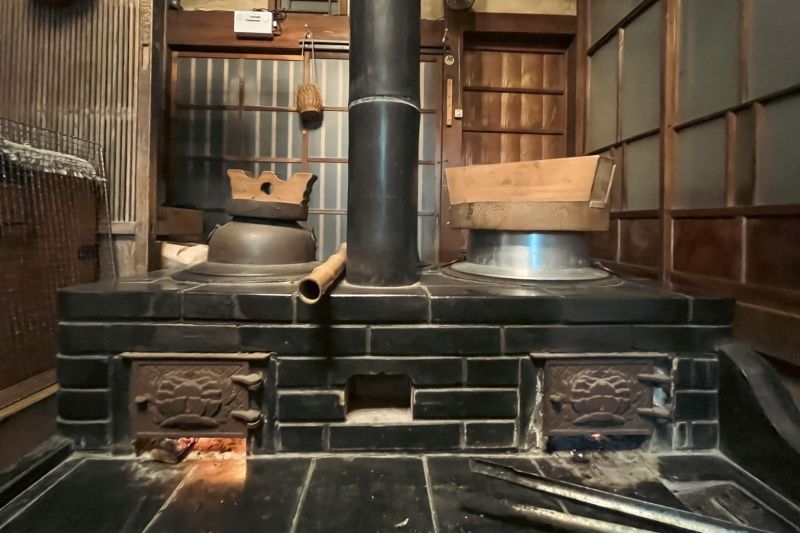
And with that curiosity, we had a quick history lesson. They told us that this area with a traditional Japanese sunken hearth was called “irori” and the lever in the shape of a fish was part of a “jizaikagi”, a pothook that consists of an iron rod placed inside a bamboo tube attached to the ceiling. An irori table is usually square-shaped, but what differentiated this irori from others was that this one had a hole around the sunken hearth so people can sit in a western style. But if they wanted to make it the traditional Japanese style, they could cover the entire hole with pieces of wood made exactly for that. Cool right?
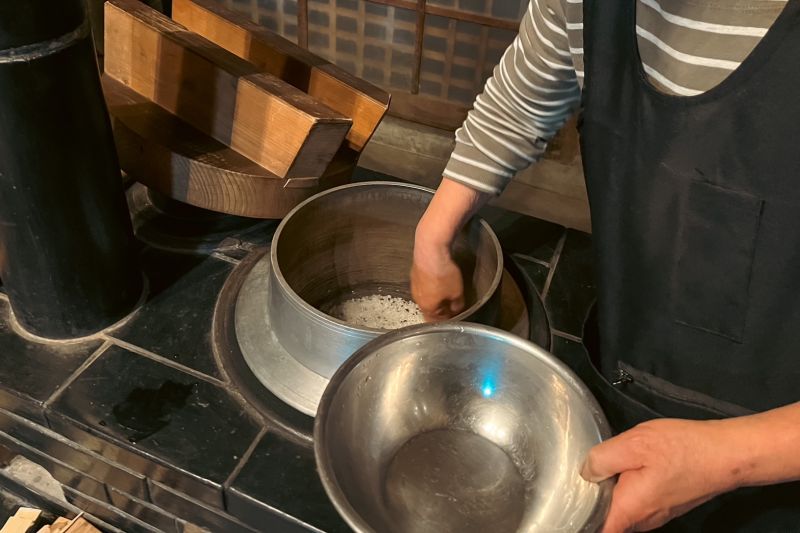
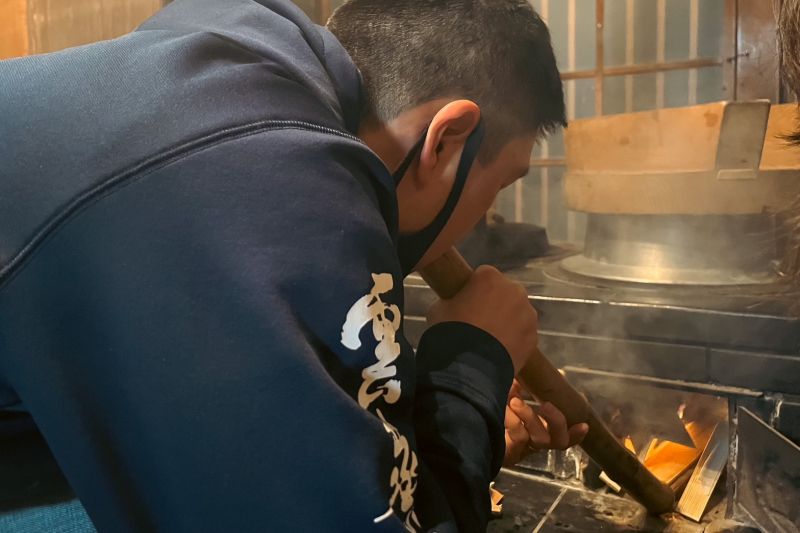
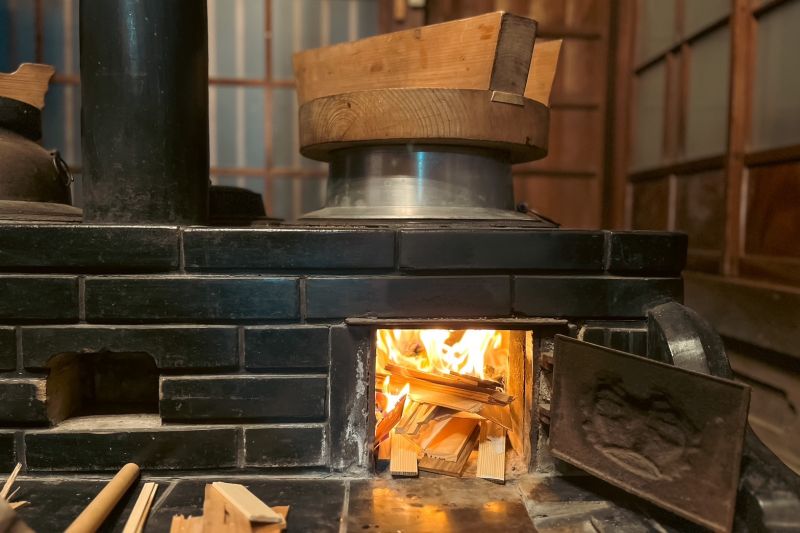
While we were waiting for the rice to cook, they told us a story of a guest family who stayed there, and they had little kids, and the kids were so excited blowing the air and putting pieces of wood into the hole to see the wood burn that they actually burned the rice. It was a little tragic but also a fun memory for them.
